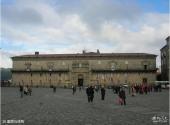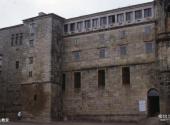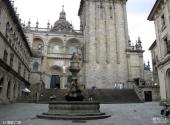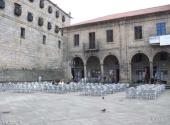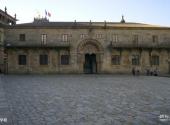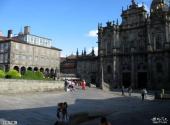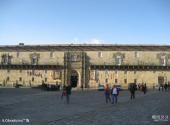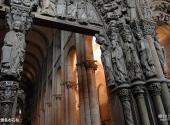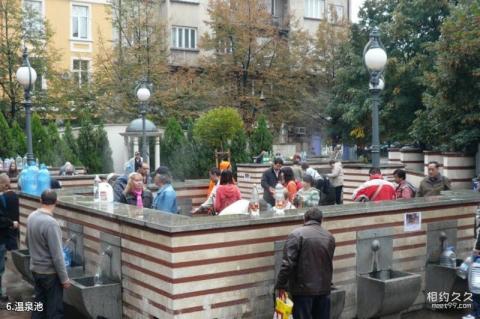
Scenic spot introduction:
Santiago de Compostela (Spanish: Santiago de Compostela, meaning "Santiago of the Starry Fields") is said to be the burial place of James, one of the twelve disciples of Jesus, and has become the third largest Catholic city after Jerusalem and the Vatican. Three holy cities. The ancient city of Santiago de Compostela developed around the tomb of St. James and the church enshrining the relics of St. James. It was severely damaged by Muslims in the 10th century. In the 11th century, it was recovered by Christians. Santiago was completely rebuilt and has since become an important symbol of Spain's Christian opposition to Islam. The Romanesque, Gothic and Baroque buildings in the city attract tourists from all over the world.Attractions distribution:
Legend has it that Santiago, Jesus' favorite disciple, returned to Jerusalem and was martyred there after seven years of missionary work in Spain, which was still very remote at the time. His disciples transported his bones back to Spain, which he loved during his lifetime, for burial, and his coffin was placed in Santiago. , the city is also named after him. Later, with the 800-year pagan rule of the Arabs in Spain, Santiago's cemetery was destroyed and buried, and its location is no longer known. It was not until the early 9th century AD that a shepherd, guided by the stars in the sky, finally discovered Santiago's tomb and remains. From then on, the city became famous and spread throughout the European continent, eventually becoming one of the holy places of Christianity. . Over time, an 800-kilometer-long pilgrimage road gradually formed. The pilgrimage road started in southern France and had as many as 8 scattered routes. These paths gradually merged in the Pyrenees Mountains area on the border of France and Spain. , entering Spain via Somport and Ibaneta respectively, and finally converging at Puente la Reina in the Navarra region, spanning northern Spain Aragon, Navarre, La Rioja, Castile and León and other regions, and finally detour to the Cathedral of St. James lying quietly on the shore of the fierce Atlantic Ocean.The Santiago Pilgrimage Route passes through more than 1,800 buildings, which have great historical significance in both religious and secular aspects. The emergence of the Pilgrimage Route played a very important role in the cultural exchanges between the Iberian Peninsula and other parts of Europe in the Middle Ages. The role of Christianity is also a testimony to the conquest of people from all walks of life and people throughout Europe by the Christian faith. The Pilgrimage Road attracts more than 500,000 pilgrims and tourists every year, including Saint Francis, Camus, and Pope John Paul II. They were all pilgrims on this road. In 1985, the United Nations It was listed as a World Cultural Heritage, and later the European Parliament designated it as the first European cultural travel route.
Scenic spot qualifications:
World HeritageScenic spot features:
Pilgrimage, Catholicism, ancient city, architectureAttraction Address
Travel Guide
Best time to visit:
summer
Tourist Transportation
Scenic spot location:
Europe>Spain
How to get there:
Airplane: Santiago has an airport. In addition to major cities in Spain, you can also fly directly to other European countries;
Train: There are direct flights to Santiago from Madrid’s Estacion Chamartin Railway Station. De Compostela's national railway line (Talgo) has multiple trains every day, and the fare is generally around 30-50 euros. Since Santiago is relatively remote, it takes 8-9 hours to reach it by train;
Highway: Long-distance bus lines in Spain are also well connected in all directions, and the fares are cheaper than trains. If you want to enjoy more of the road scenery along the Camino de Santiago, you can also choose to take a long-distance bus.
Scenic area map:
3D real scene of scenic spot
Attraction Tickets
Ticket prices for the ancient city of Compostela:
free


